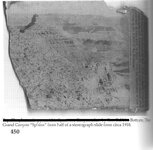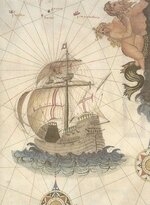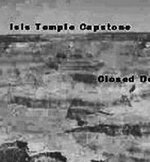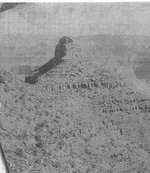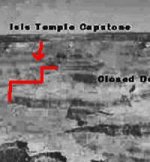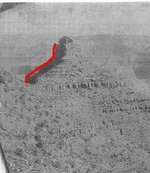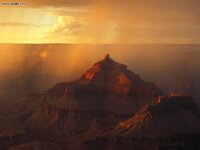Shortstack
Silver Member
- Jan 22, 2007
- 4,305
- 416
- Detector(s) used
- Tesoro Bandido II and DeLeon. also a Detector Pro Headhunter Diver, and a Garrett BFO called The Hunter & a Garrett Ace 250.
- Primary Interest:
- All Treasure Hunting
The exact location of this large carving could very well open up an entirely different line of research in the Grand Canyon for Ancient treasures and artifacts. These photos are from the book, Lost Cities & Ancient Mysteries of the Southwest, by David Hatcher Childress.
This first photo is an enlargement of the second photo.
This second photo is a photocopy of one half of an old stereo viewer slide.
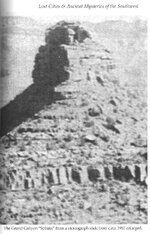
This first photo is an enlargement of the second photo.
This second photo is a photocopy of one half of an old stereo viewer slide.



